Description and cultivation of the best varieties of sweet peppers
Pepper Bulgarian, like other varieties of sweet Bulgarian vegetables, is one of the favorite crops of gardeners. The high-yielding plant has many health benefits. The harvest is much higher in humans growing peppers in greenhouse conditions... But, this does not guarantee a good result. Choosing the right seeds is essential for growing pepper.
Variety selection
Each person, coming to the store, selects pepper seeds for planting, guided by the picture on the package. And this is the most common mistake. If the vegetable in the picture is fleshy and large, it is not a fact that it will grow the same on the land plot. It takes a lot of effort to get the desired result.
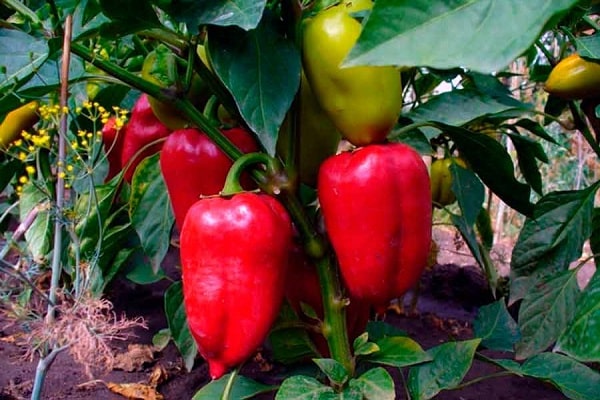
Any sort of vegetable has its own individual characteristics. Don't rely on a pretty picture on the packaging. In order not to be mistaken when choosing a planting material, it is better to ask the seller everything about the variety you are interested in. What you should pay attention to:
- When choosing a pepper, take into account the size of the area on which it will be grown. A lot of space is needed for tall crops. They will not be able to grow in greenhouses with low ceilings.
- Another equally important factor is also taken into account - the ripening time of the pepper. If a person has a large greenhouse, he can afford to plant vegetables with different ripening periods. If the plants are planted at the same time, they will bear fruit over a long period of time. Thus, there will always be fresh vegetables on the table.
- Protective properties of the immune system. In each region of the country, there are characteristic diseases that affect vegetable crops. And pepper, unfortunately, is no exception. Buyer should ask seller about pest resistance. For more information, it is recommended to ask experienced gardeners for similar moments.
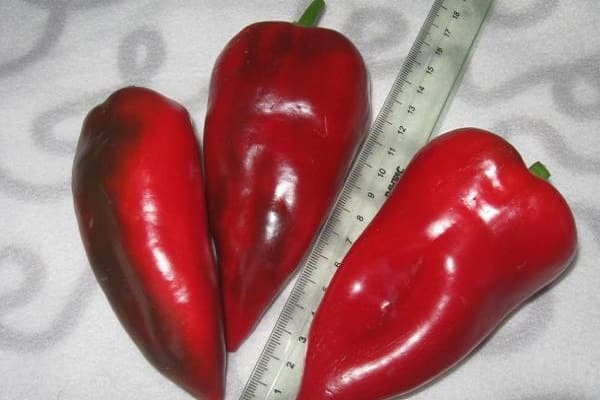
Greenhouse gardeners can use a little trick. Dig up a few bushes of late culture and transfer to the living quarters. Thus, the fruiting period will be extended until winter.
Growing region and conditions
Regional affiliation is an important point that no one should overlook. Peppers will not be able to grow if the seeds are not zoned for a certain area. Experienced summer residents and gardeners buy seeds of local selection. The best place to buy is a proven seed stall.
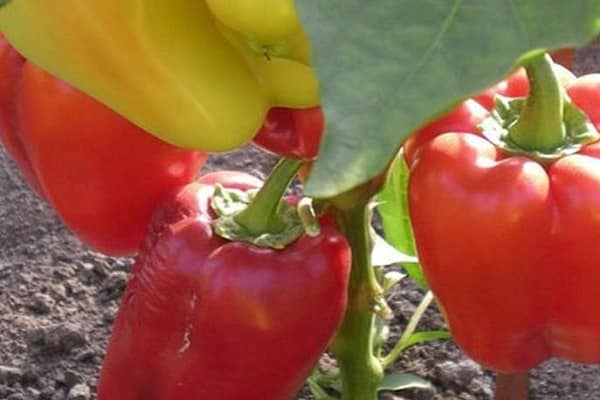
Each variety of pepper needs certain conditions during development.Some prefer sunlight, others do not bear fruit without other equally important conditions. Illuminated greenhouses help people not to think about the moment. If the crop does not receive enough light, there will be no expected harvest.
Fruit characteristics
To date, breeders have managed to bring out a large number of pepper varieties that differ in size, shape and taste. The buyer is offered a wide assortment to choose from. In shape, they resemble a pyramid, cone, ellipse, stick, cube, and even a circle. If you want to combine the shape and acceptable taste, you need to carefully study the description and ask the seller for all the points of interest.
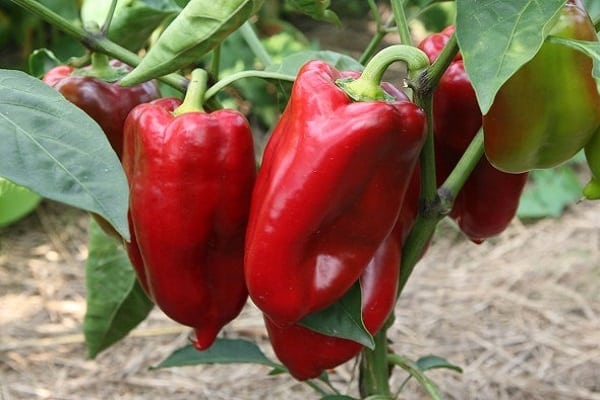
Ripe fruits are smooth to the touch or bumpy. Distinguish between thick-walled and thin-walled varieties. In this case, the pulp can be soft or firm and juicy. If a person cannot make a choice, the seller will select the most appropriate option for him.
Another parameter that people are interested in when choosing is the color of the pepper. As a rule, classic red is chosen. Gardeners who love to experiment are happy to plant yellow varieties, white, blue, purple and even green. There are fans of bright orange, and there are those who want to diversify their dishes with brown vegetables. They all deserve attention.
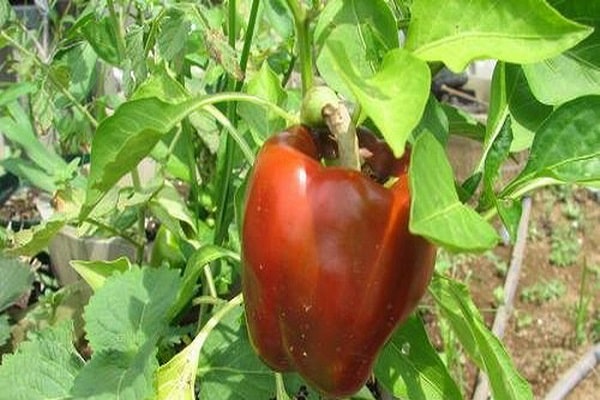
Growing in a greenhouse
A person who grows peppers in a greenhouse should understand that this is a closed soil. Any non-observance of agricultural technology can negate all the advantages of the selected crop. This nuance was taken into account by breeders and created the best varieties of sweet peppers for greenhouses. If a person wants to get a harvest, in any case, it is worth studying the list presented.
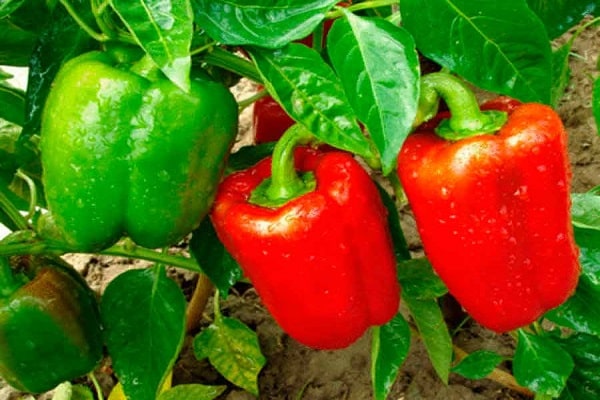
Popular mid-early variety
Alyonushka pepper belongs to hybrids and is the favorite of many gardeners and farmers. The growing season takes from 100 to 120 days. The bush of the plant reaches a height of 1 m. Fruits appear on the stems, the shape of which resembles a pyramid.
Weight ranges from 100 to 120 g. At the time of technical ripeness, the fruits are light green in color. When the pepper is ripe, it turns red. Maintains a rich color when preparing various dishes.

Sweet and aromatic
Early maturing varieties include Snow White pepper. From the moment of sowing the culture to the ripening of the fruit, exactly 4 months pass. The vegetable is intended for growing in greenhouse conditions. Not suitable for open ground.
An adult culture reaches no more than 55 cm in height. The fruits are slightly elongated in length, the shape is triangular. The peppers that have just appeared are light green in color. Ripening, the color changes to red.
Ripe peppers are 9 cm in diameter and 12 cm in length. A vegetable with a thick wall will please the most fastidious person. Used for preparing fresh salads, as well as canned products for the winter. Among the advantages are high yield and resistance to diseases.

Another early maturing variety
Mustang pepper was bred by breeders from Russia. Mostly grown in greenhouses. It develops well under a film cover and in open soil conditions. The culture begins to bear fruit early. After the first shoots appear, 90 days pass and the fruits are ready for consumption.
The variety is not usually classified as an ultra-early ripening variety, but it perfectly shows its characteristics in the northern regions of the country. Has a suitable ripening period for areas with a short warm period. If, at the same time, agricultural technology is carried out in a seedling way. It takes its rightful place in the category "The best varieties" and has a number of advantages:
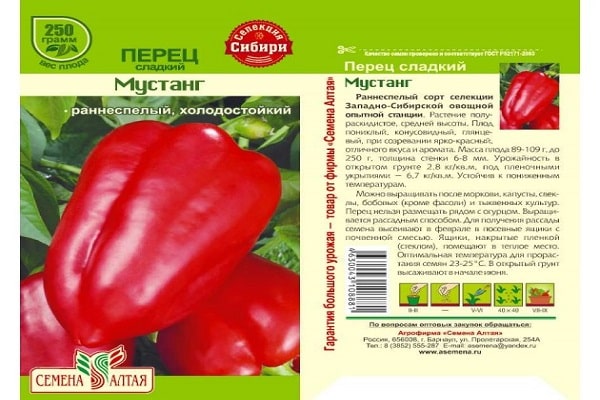
- juicy pulp;
- fragrant smell;
- delicate taste;
- thick fleshy walls from 5 mm;
- universal use;
- resistance to temperature reduction.
Prefers loose and fertile soils. Manure and compost are used as fertilizers, and sometimes medium loams are also used. The end of February is a suitable period for planting seeds for seedlings. The disembarkation period lasts until early March. In mid-May, they are planted under film shelters.

Pepper is sensitive to frost, plant in the ground when the weather stabilizes and the cold will not threaten the seedlings. The landing will take place at the end of May and continue until mid-June. Young seedlings must undergo a hardening procedure. To do this, they are taken out to fresh air every day, increasing the time spent.
During the growing season, the crop requires regular watering, fertilization and loosening of the soil.
For greenhouse and open ground
Among the varieties of culture, the Bulgarian pepper Snowfall is distinguished. It has a good yield, is easy to use and has impeccable taste. This variety is suitable for many farmers as it can be grown outdoors and in a greenhouse. The vegetable germination is reliable.
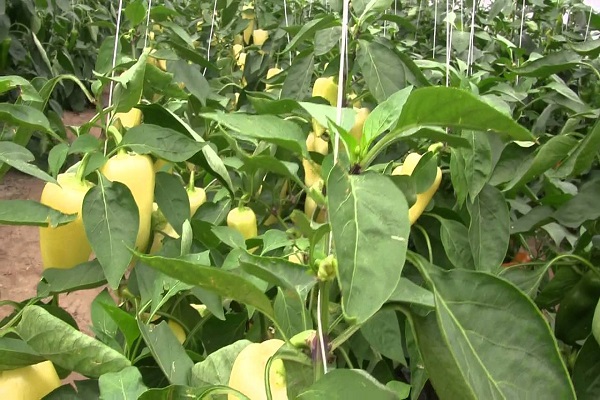
Snowfall is a polycarbonate greenhouse pepper variety that has the following characteristics:
- early ripening;
- the tallness of the bushes;
- fruits reach 15 cm in length, cone shape;
- strong bush with good foliage;
- the appearance of inflorescences occurs after the laying of 10–12 leaves;
- pepper wall thickness - 5–7 mm;
- as a result of full ripening, the fruits are covered with all shades of red;
- suitable for cooking any kind of food: fresh, after heat treatment and canned.

The mild climate of the region allows the farmer not to control the growth of the crop. From a person, all is required to bind the branches to the trellis.
Growing varieties
Like other varieties, it is grown in seedlings. If the landing will be carried out in open ground, preparation should begin at the end of February. The seed is placed in the ground, which is filled with pots or containers. After that, a person expects the emergence of seedlings.
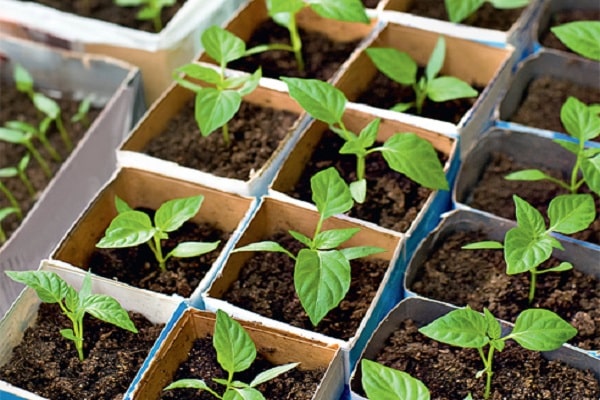
Moments in growing and care features
The cultivation and care of greenhouse peppers includes the following activities:
- loosening the soil;
- regular watering with warm water in the evening;
- application of mineral fertilizers to the ground;
- trimming leaves to the first fork of the stem.
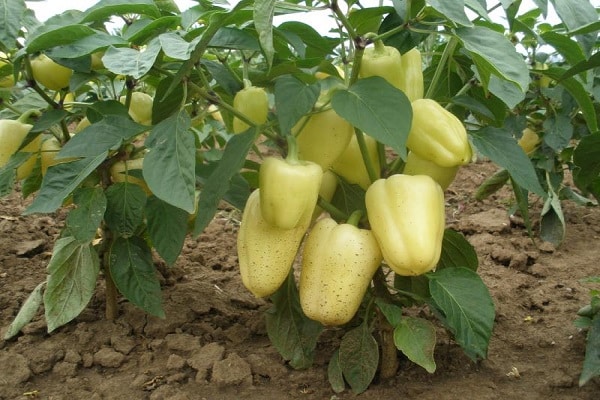
Regardless of the variety chosen, an important component of any culture is correct, timely and regular care. Pepper is not capricious, but requires increased attention from a person. After successfully growing the seedlings, they are planted in a greenhouse. At the time of development, it needs a warm and humid climate.
Do not forget about dressings that are prepared from nutritional components. If a person follows simple guidelines, a culture will grow strong with a good immune system that can bypass many diseases. In this case, a rich harvest is definitely guaranteed.
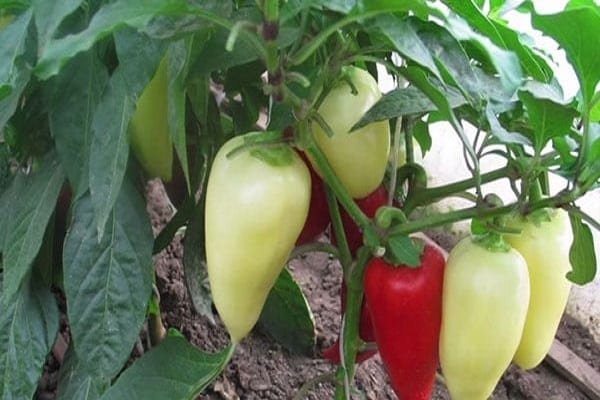
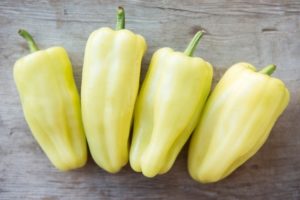
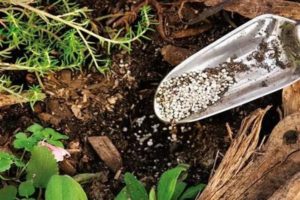
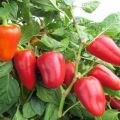
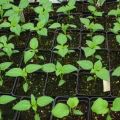
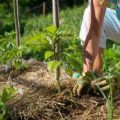

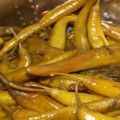

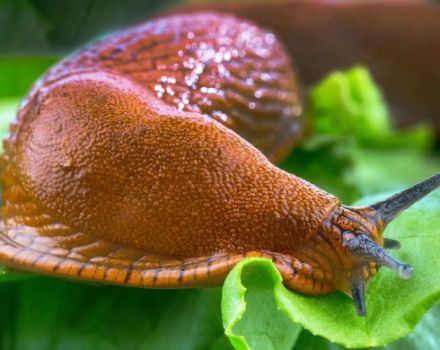
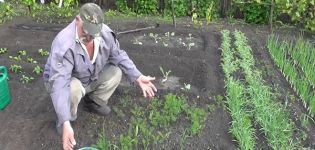
I plant a Mustang every year - delicious, meaty, and for conservation and fresh consumption - it's just perfect. But last years I decided to use a bioactivator BioGrow, and the yield is almost twice as large, with the same number of bushes planted.